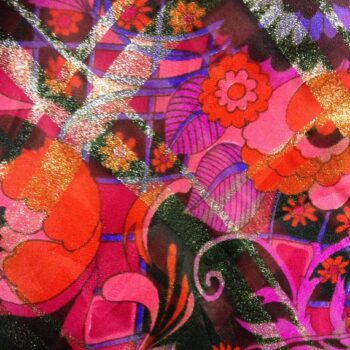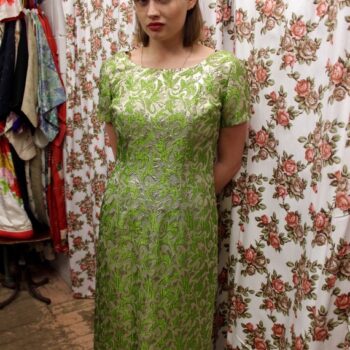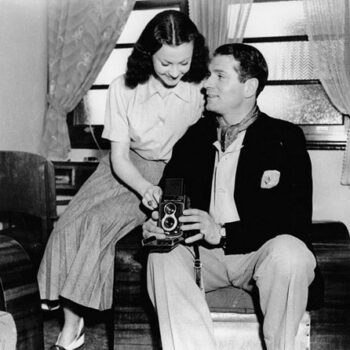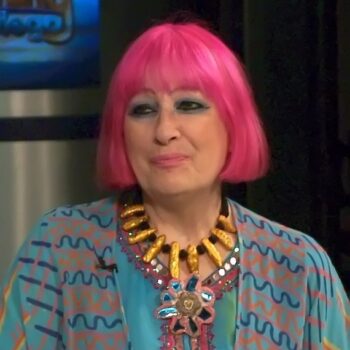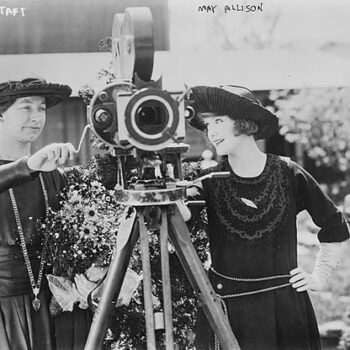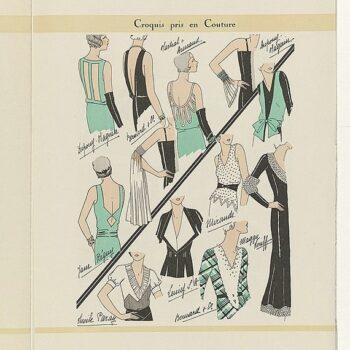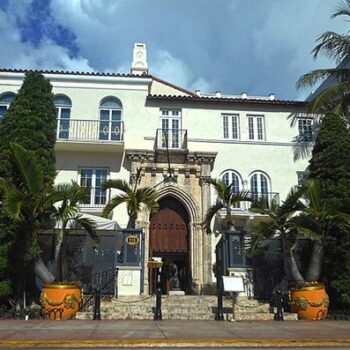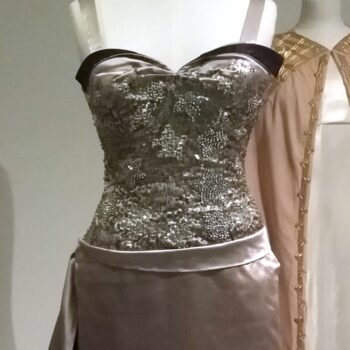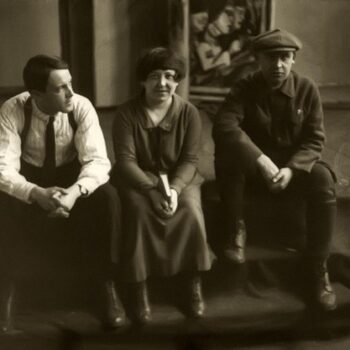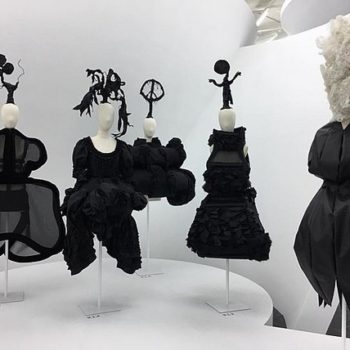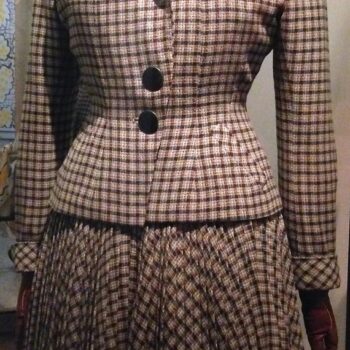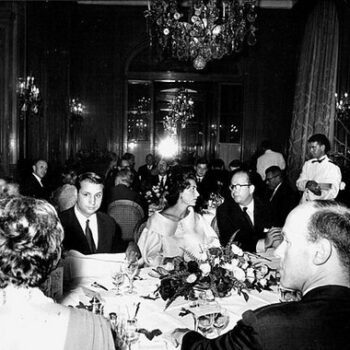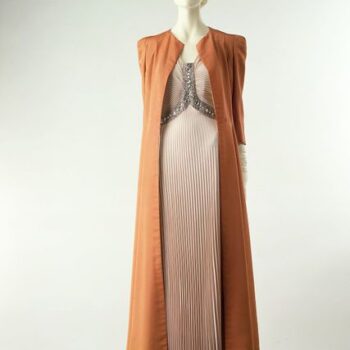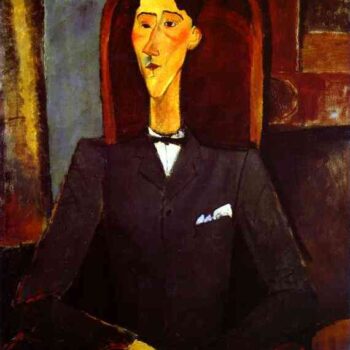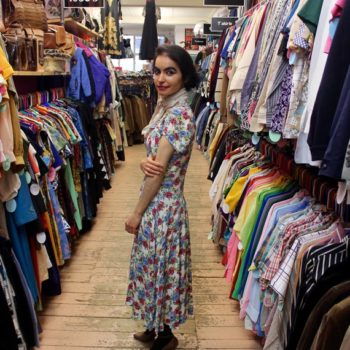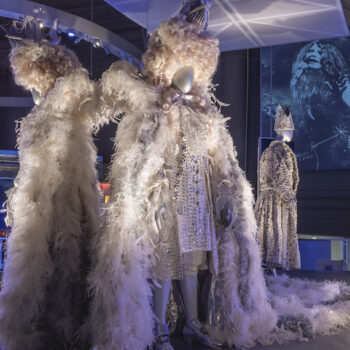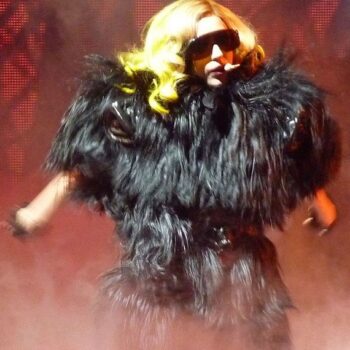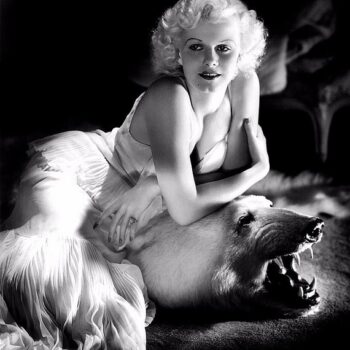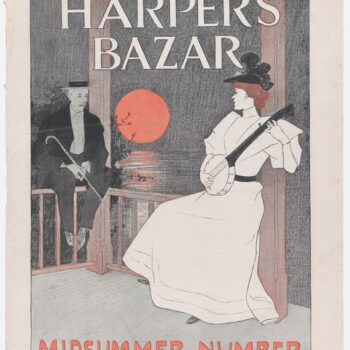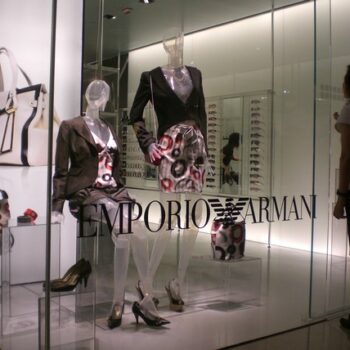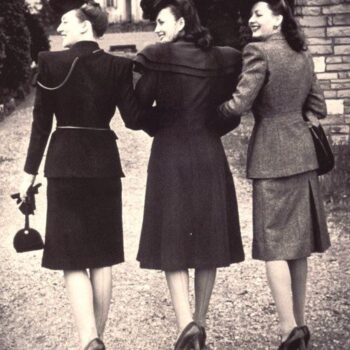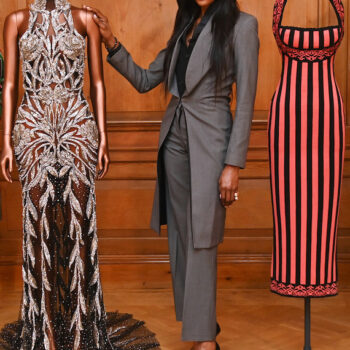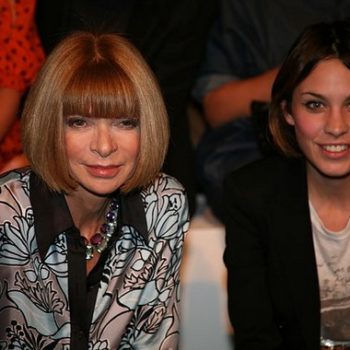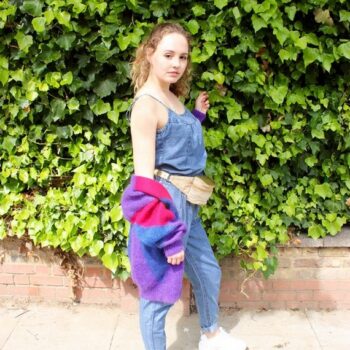Successful Female Designers – Rahvis
July 9, 2019Raemonde and Dora Rahvis were the unconventional couturier sisters of mid-century Britain. Rahvis was one of only a handful of successful female-led top brands in mid-century London. They had many famous clients, designed for film and not only featured heavily in the fashion press but in an unusual move, made full use of documentary film clips designed to promote their clothes.
Born in South Africa in 1903 (Raemonde) and 1906 (Dora), the sisters moved to Southampton in 1907. They moved to London, then back to South Africa, finally coming back to London in 1929 where they set up a couture salon, “Rahvis Gowns”, at 9 South Molton Street. This is a chic address, but they then took more and more impressive premises until by 1938 they were established as “Rahvis Couture” at 19 Upper Grosvenor St where they stayed until 1974, when they moved to 50 Grosvenor St. At some point during this time Dora left the business, leaving Raemonde to continue alone, though she is seen in newsreels up until the mid-sixties.

A Rahvis design of 1941 photographed by Cecil Beaton. Image via Pinterest.

A Rahvis Suit. Image via V and A.

A Rahvis cocktail dress from the mid 50s. Image via Pinterest.

Evening Gown by Rahvis, 1947. Image via Flickr.
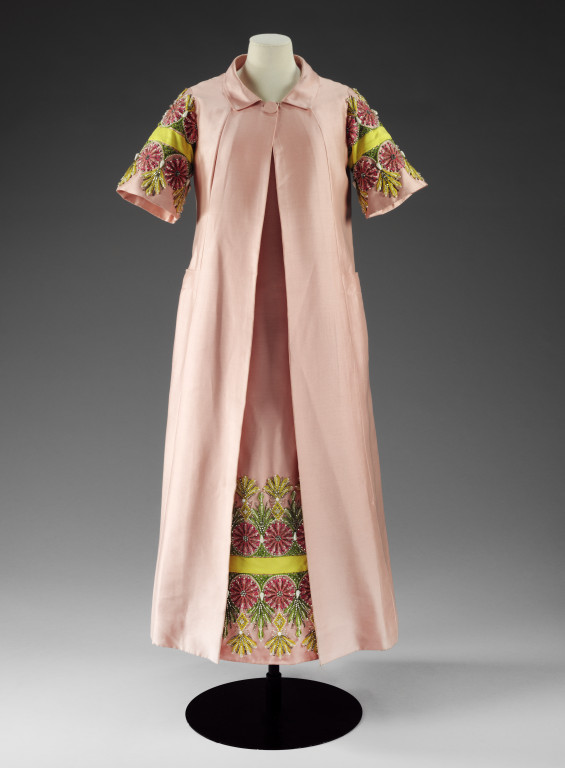
Evening Dress and coat, mid 60s. Image via V and A.
Rahvis in Film
The sister’s involvement in film came as early as 1929 in the movie Woman to Woman, where the star is wearing a Rahvis gown although it is not credited. By 1939 Rahvis was fully credited as costume designer, and there are more than 40 films which bear the credit altogether.
In 1931 a British Pathé film shows three matching Rahvis bridesmaids gowns in detail. This two-minute clip would have been shown as part of an assortment of short films and newsreels before the main feature. “Every woman in the world is thrilled over a wedding… and the dresses! These charming “Rahvis” models were made for the recent Royal Wedding, for Princess Sybilla of Saxe-Coburg Gotha, and Princess Ingrid of Sweden.” The wedding was of Lady May Cambridge, Queen Mary’s niece.
The gowns, which are described as “Specially-dyed enamel velvet was the material, and striking features were the tight-fitting bodices with “cowl” fronts, and “puffed” sleeves” are shown in such detail you can see the bias cut seams and the models deliberately walk extremely slowly and turn carefully so that the audience can see everything as if they were in the drawing room too.
Rahvis sisters interview
A later clip, of 1958, is entitled “Why Not a Woman Dior”? Best of all is the Rahvis sisters interview. Raemonde is wearing sunglasses, and both she and Doris answer the questions. “Do you think that women do this job better than men?” “Of course I do!” says Dora, most emphatically. “Because we know about the fat days and the thin days and the not so pretty days and the sort of plain days that we have. Men can’t possibly know this!” “Do you think women dress to please men?” “Most definitely,” says Raemonde, rolling her eyes. “Since time immemorial. Much as they may deny it.” “Do you agree with this, or do you think they dress to please women?” ask the interviewer. “No, to annoy them,” says Dora “To make them jealous.”
The voiceover comments that the “paintbrush” line which is shown doesn’t look much like a paintbrush to him, a mere male, but then again (Dior’s) Trapeze line didn’t have much to do with the circus. Finally, a catwalk show is shown which he says could be called “The Klu Klux Klan” line, and startlingly enough, the peaked and masked cloaks shown really could be.
Can a Woman Really Wear Trousers?
Rahvis designs are also shown in a fashion feature of 1964 about women wearing trousers. Trouser and short suits by a variety of uncredited designers are shown, but the Rahvis ‘s creation might be the oddest – a diaphanous turquoise evening gown has its gauzy pleated skirt hoiked up to show the narrow matching silk trousers beneath, and two more models pop out of a doorway to shyly show that they have matching knee-length bloomers beneath their modish dresses. The commentator assures us that the Rahvis order books prove their popularity.
A fourth clip of 1966 is entitled “Stately Homes in Fashion”. This shows an entire Rahvis fashion show, held at Stapleford House Stately Home, Melton Mowbray, Leicestershire. All the outfits are called by “Russian” names, and the parade is preceded by women dressed as extremely 60s versions of Empress Josephine, Lucretia Borgia, Marie Antoinette and Turandot.
A Successful Tour
In 1941 the Rahvis’s toured America, taking fifty dresses and forty coats. Targeted towards clothing stores, the sisters charged attendees a $100 entrance fee. This allowed one licenced copy for each ticket holder. This strategy earned a great deal of money, far more than a usual collection netted. By this date, their workforce numbered around 100, and their client books were full of society ladies and film stars.
By the 1960s, the couture business as a whole was in decline in London. However, Raemonde diversified quite astonishingly by styling a pop band called The Hullabaloos. She was credited in a 1965 article in Billboard Magazine with creating the boy band’s image, right down to their bleach-blonde shoulder length hair. The band were managed by Lord and Lady Constable of Burton Constable Hall.
Towelling Evening Gowns
Moving to California for her retirement, Raemonde found it was not quite time to stop yet. Along with the retired singer and TV star Dick Kallman, she set up a label called Burton Constable (though this time Lord and Lady Constable had nothing to do with the venture). They began by producing decorative aprons before, observing the chic way to party in the sunshine state, moving to a unique creation which was wildly successful.
Their one shouldered terry-towelling gowns in lurid colours could be slipped on over a swimming costume at a pool party and were perfect to move straight on to dinner in. By 1975 these gowns were available in department stores across the US.
Raemonde’s final triumph was in 1981. At the age of 78, she was asked to design the costumes for the female stars of the James Bond film For Your Eyes Only. Carole Bouquet as Melina Havelock and Cassandra Harris as the Countess Lisl von Schlafshone in sari-inspired outfits.
Raemonde died in London in 1993. Dora died some years earlier, in 1980.



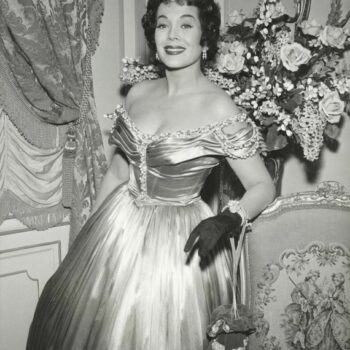
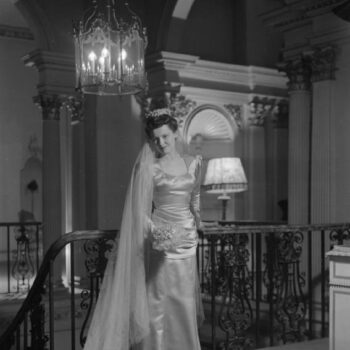
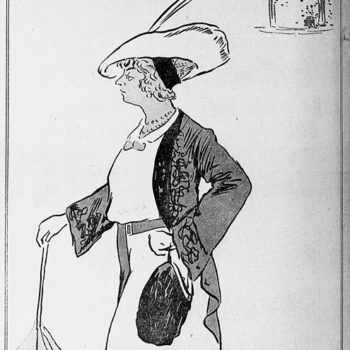
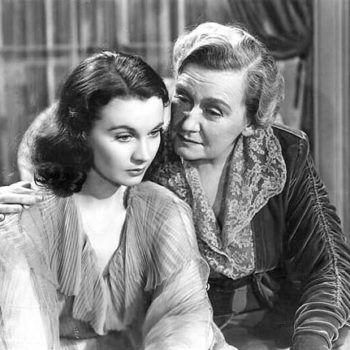

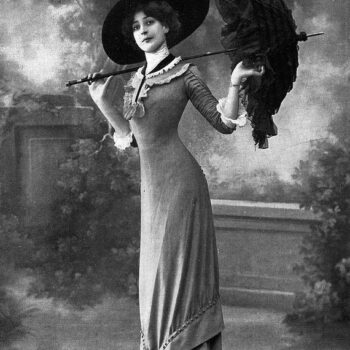
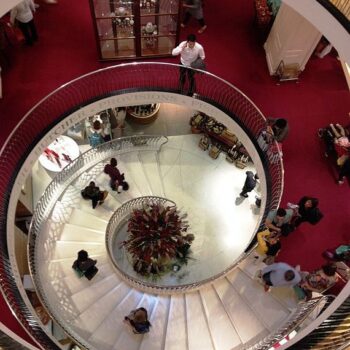
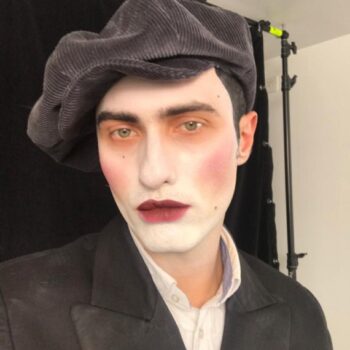

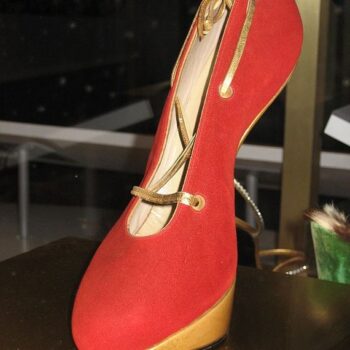
![Azzedine Alaïalogo. By alaia.fr (alaia.fr) [Public domain], via Wikimedia Commons](https://www.blue17.co.uk/wp-content/uploads/2017/11/Azzedine_Alaïa__Alaia__corporate_logo-350x350.png)
